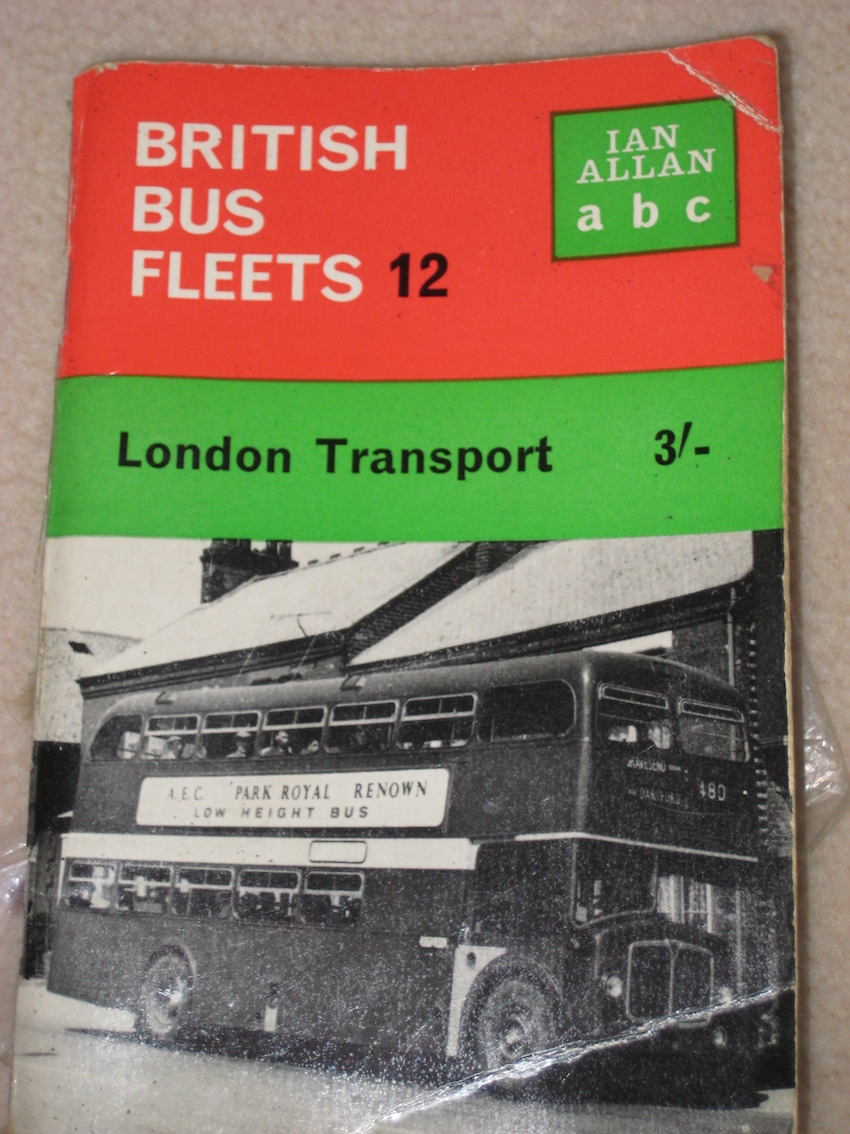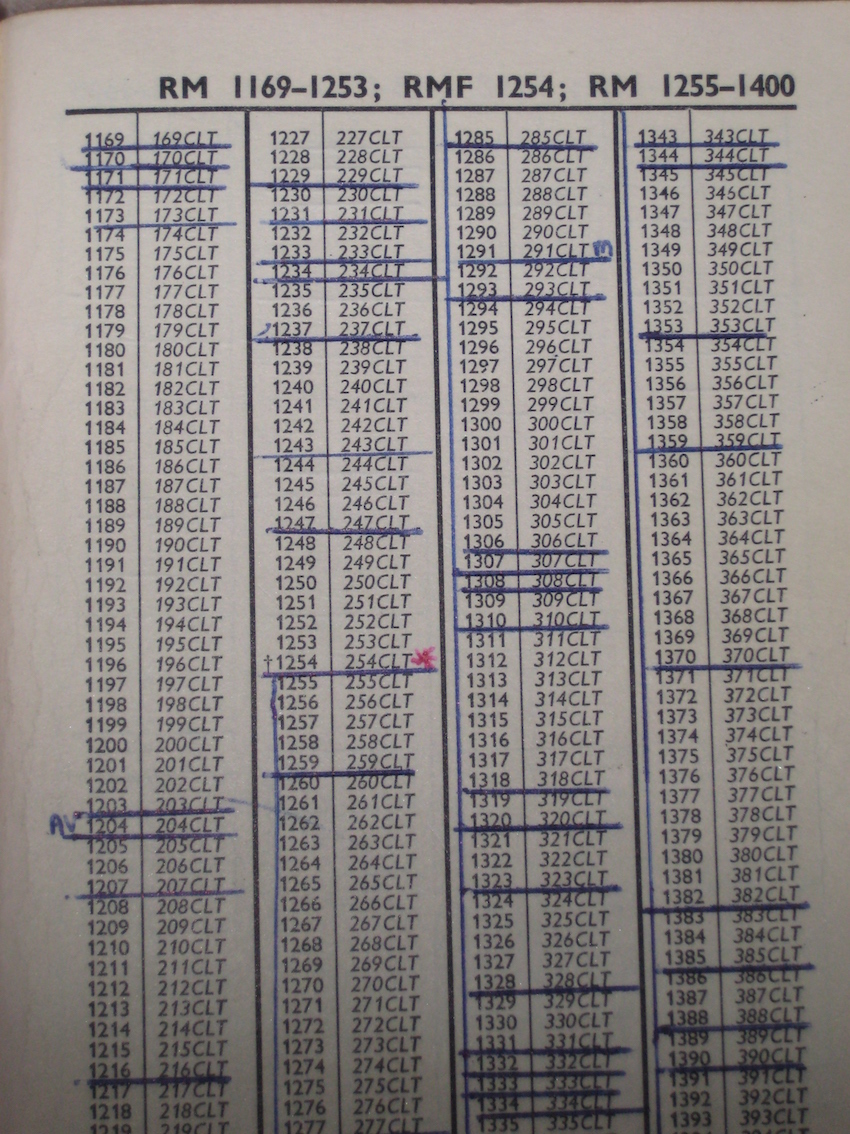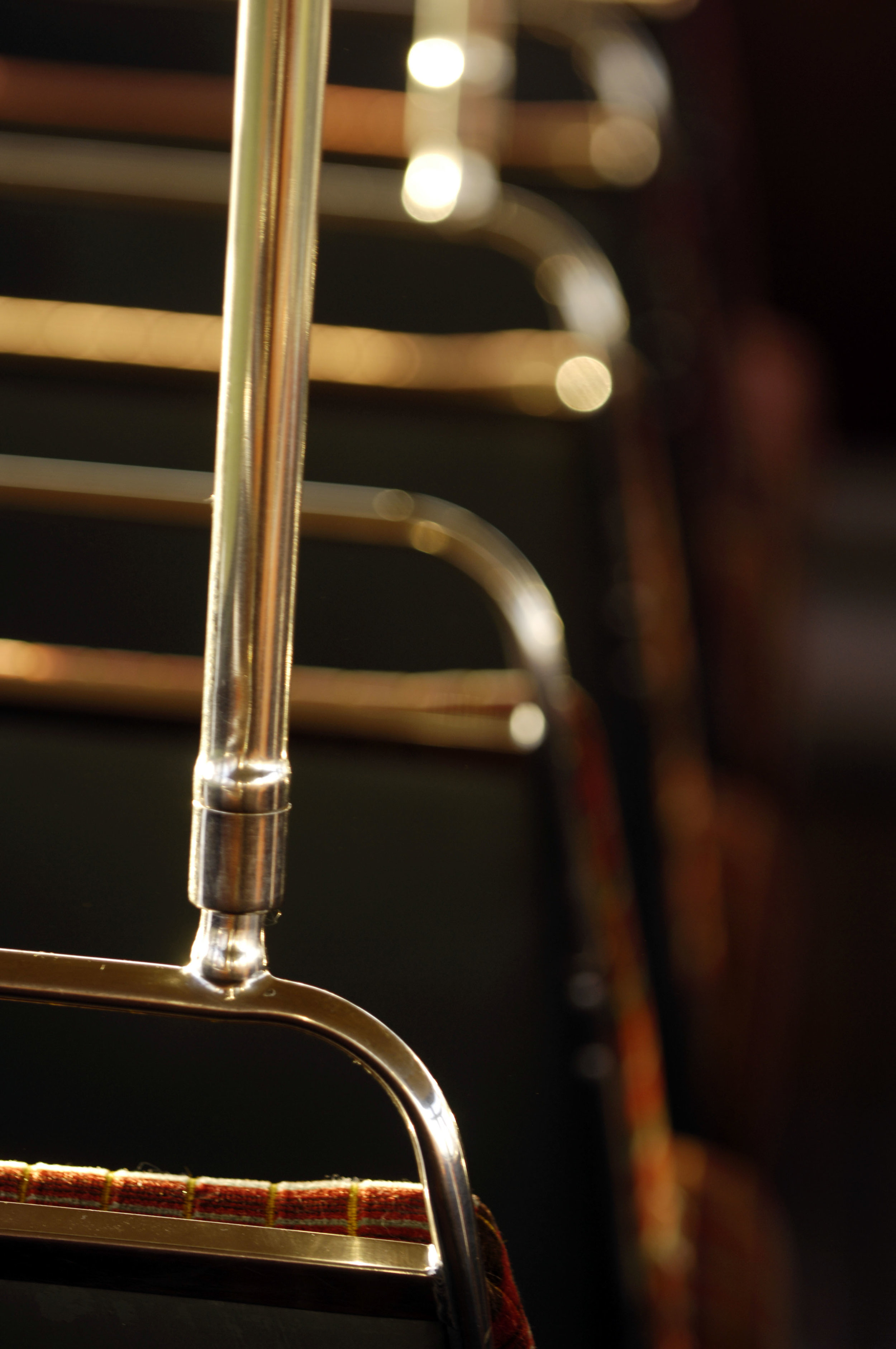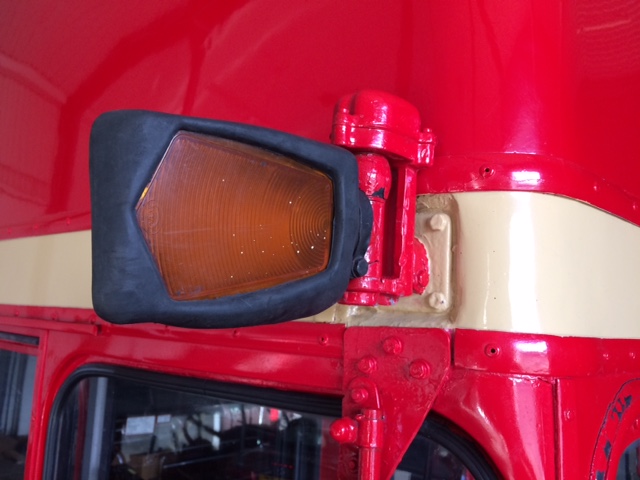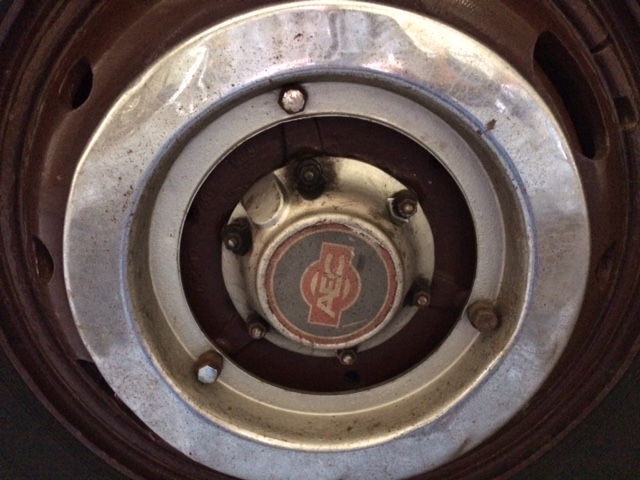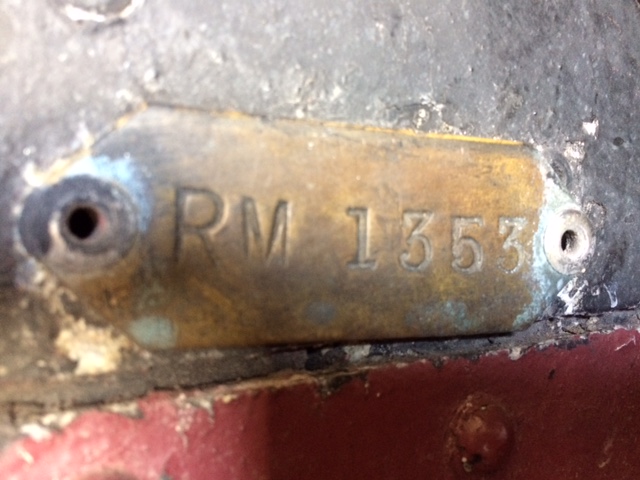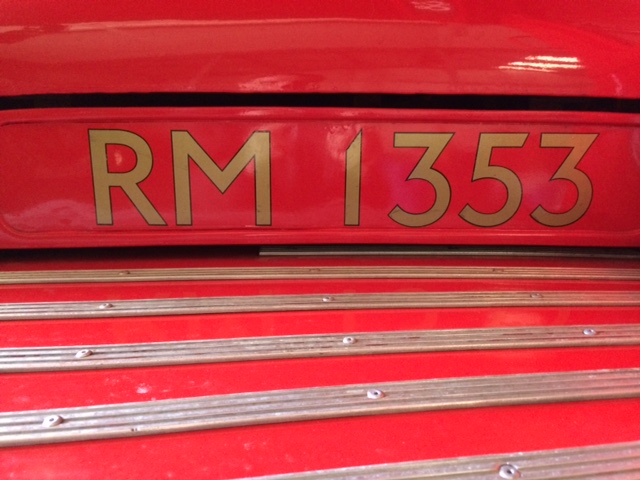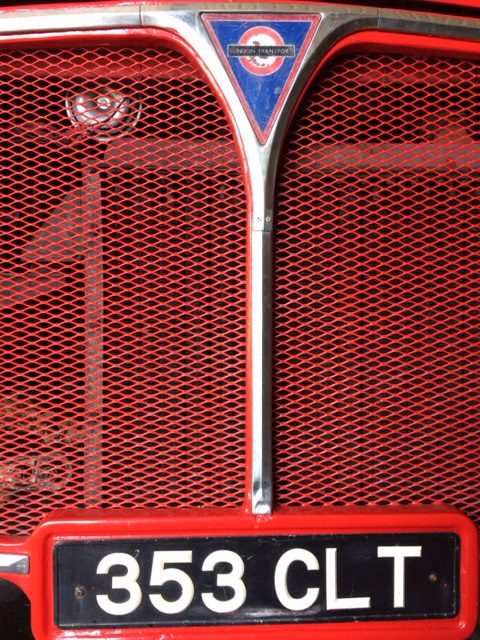Confession time. I’ve never been a bus spotter in the true sense, marking off numbers towards the ultimate goal of a complete list. But when it comes to Routemasters, and other vintage buses built for London Transport during the 1960s and 50s and even earlier, there are fascinating numbers to be had. Lots of them!
Looking into the history of individual vehicles is intriguing – the routes they served, the garages they were based at and so on. It makes you think of the countless people who used them, relied on them, waited for them, cursed them, blessed them, kissed on them, laughed on them, argued on them, jumped on and off them…
So though the route number is what most people are interested in – a bus is not much use unless you know where it’s going – other markers tell you more about where a bus has come from.
As a kid the fleet numbers on the sides of the cab passed me by. I was more drawn to the registration plates, with their CLT…, WLT…, VLT… DYE etc. patterns. These closely follow the fleet numbers, though. For instance, RM1353 has its original number plate 353 CLT and RM737 retains its too: WLT 737.
Time travel
Andrew Reid, one of our most experienced drivers and a lifelong bus enthusiast, stunned me the other day when he told me he’d marked off RM1353 as a boy in the early 1960s (the bus was new in December 1962), possibly from Baker Street. Little did he know then that he would be driving that very bus around Edinburgh more than 50 years later.
“I have dug out my Ian Allan British Bus Fleets No 12, London Transport, published June 1963. A quick check confirmed it was indeed RM1353 that I spotted in operation all those years ago.
“Back then, I would use my (child half price) Red Rover ticket to ride the vast Red Bus network. The view over Marleybone Road from outside Baker St station provided an excellent vantage point to record details of the large number of buses flowing in either direction. I can’t verify if that is where I actually spotted 1353.
“In those days the vast majority of buses in operation were from the RT/RTL classes, and Routemasters were relatively new and still in the course of delivery with only 23 “experimental” RMLs [the longer RM with 72 capacity instead of 64] in service.”
As with most London buses, the fleet number is what usually identifies a Routemaster, even if risqué sounding body swaps have complicated the issue. Every few years buses would come into the huge Aldenham maintenance plant near Elstree in Hertfordshire for overhaul and their bodies would usually end up being put back onto different sets of sub-frames to those they came in with (the Routemaster had no conventional chassis but a pair of A and B frames – just one of its pioneering features, along with hydraulic brakes, independent suspension and semi-automatic gearbox).
Identity crisis
Another of our trio at The Red Bus, WLT 875, is an impostor of sorts. It may be known today as RM875 but its brass cabin plate states RM666. The bus, new to Holloway garage in April 1961, took 875’s body aeons ago but kept the WLT 666 plate, as was normal. After it was withdrawn from service in London in 1987 it was sold to Western Scottish and worked in Glasgow, having been re-registered LDS257A. Then in 1993, under new ownership in Wales, it was re-registered again to its current WLT 875 to match its body. This was possible because the “original” WLT 875 had itself been re-registered, freeing up the number plate. So there are still two RM875s at large but only one WLT 875. Confused? So am I.
It’s quite an identity crisis. Andrew Morgan, chairman of the Routemaster Association and one of the leading authorities on the iconic bus, has been compiling a record to match all surviving Routemasters to their current sub-frames and bodies. No mean feat when you think how widely spread these buses are geographically, not just in the UK but also Europe and worldwide. There are still about 1,200 left out of an original 2,876, according to the RM Association.
Original features still tend to mean more to me than these numbers, i.e what does the bus look like today? Things like “bear’s ears” indicators, radiator grilles, 1/4 drop winder windows, LT badge or bonnet roundel, single brake light, tungsten saloon lights… The list goes on.
No, I may not be a bus spotter but I’m definitely an anorak.


